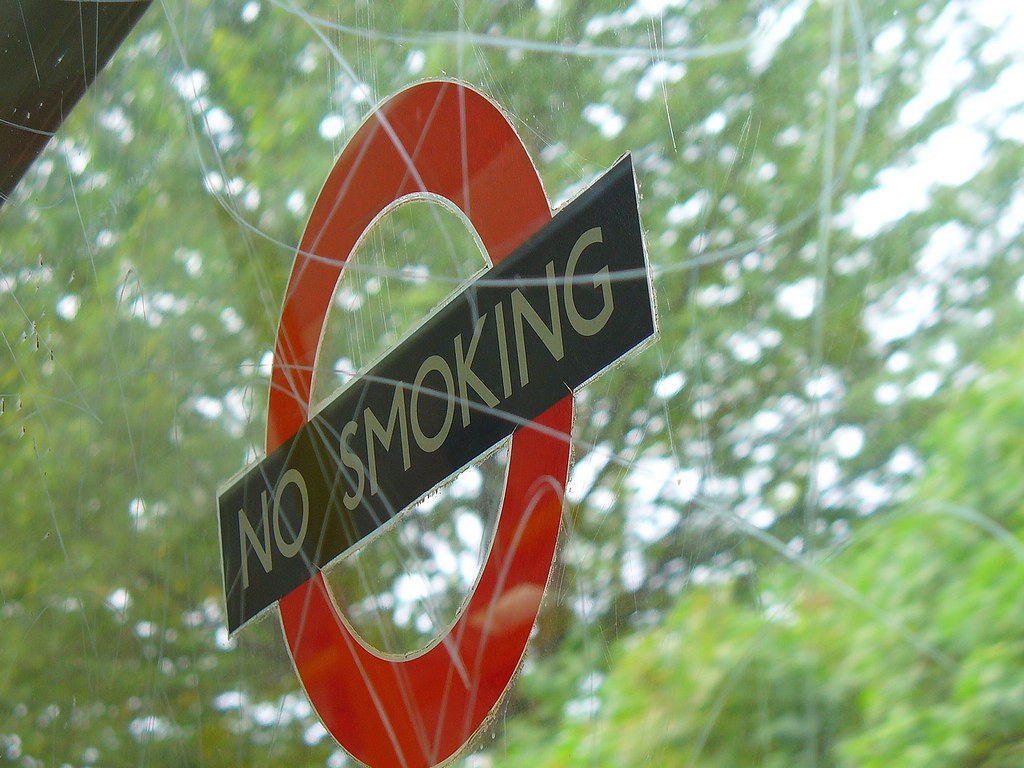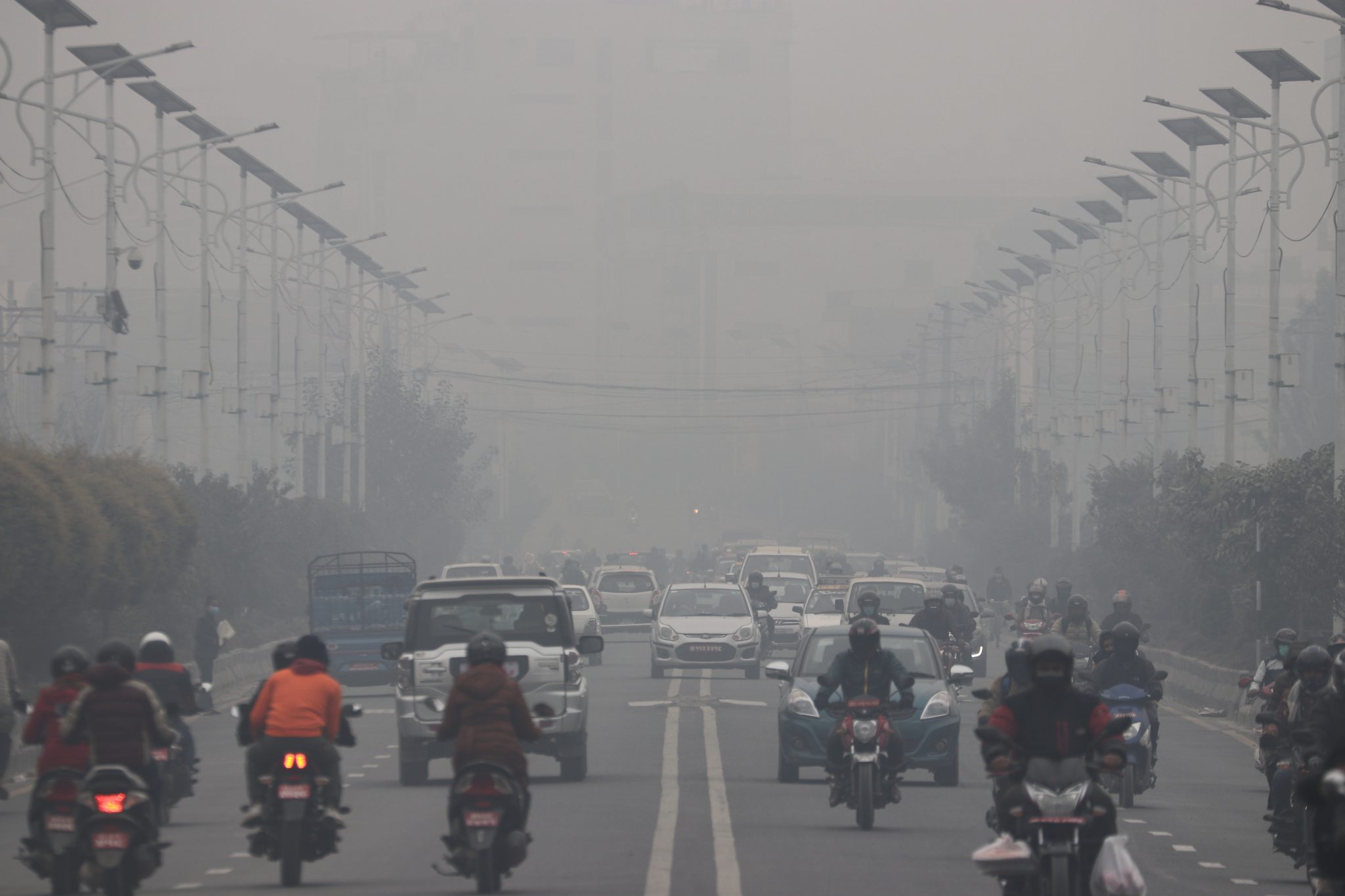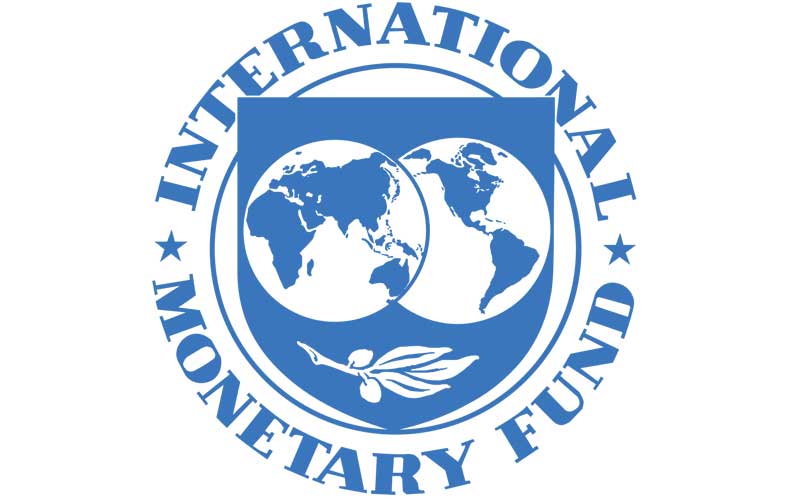Cigarette smoking is the most common frame of tobacco utilize around the world. Other tobacco items incorporate water pipe tobacco, different smokeless tobacco items, cigars, cigarillos, roll-your-own tobacco, pipe tobacco, bidis and kreteks.
In later days, e-cigarettes are moreover in request. E-cigarettes are gadgets that warm a fluid to make an vaporized, which is at that point breathed in by the client. E-cigarettes do not contain tobacco, but are destructive to wellbeing and are not safe.
Over 80% of the 1.3 billion tobacco clients around the world live in creating and immature nations. These nations have tall passing rates due to tobacco use-related illnesses.
Tobacco utilize proceeds to be a critical burden among the Nepalis as well. Agreeing to the later STEPS Overview 2019 carried out by Nepal Wellbeing Inquire about Chamber (NHRC), 28.9% of grown-ups having a place to 15 – 69 a long time of age as of now utilize tobacco in distinctive shapes counting smoked or smokeless, and this accounts for 3,800,000 grown-ups. The by and large predominance rate of tobacco utilize was found to be 36.8% by the NHRC in its ponder conducted between 2016 and 2018.
Therefore, tobacco utilize can be said to be an ever-prevalent plague in Nepal.
Impact on health
Tobacco is an agrarian item prepared from the new takes off of the plants in the class nicotiana. Different items such as cigars and cigarettes are made utilizing leaf tobacco as crude fabric, which is expecting to be smoked, sucked, chewed or snuffed. These items contain a profoundly addictive psychoactive fixing, nicotine. Those who expend them are powerless to wellbeing issues with respect to the heart, lungs and liver. In the interim, tobacco smoke contains numerous chemicals that are hurtful when uncovered to human creatures. Thus, tobacco utilize is continuously problematic.
Every year, May 31 is celebrated as World No Tobacco Day. This year’s subject is “Tobacco: Securing Children from Tobacco Industry Interference.” Final year it was “Tobacco: Danger to our environment.”
It shows the affect of tobacco on the environment and people’s wellbeing. The primary point of the yearly campaign of WNTD 2022 is to raise mindfulness among the open on the natural affect of tobacco from its development, generation and dispersion to squander management.
Because a noteworthy parcel of the Nepali populace expends tobacco items, it has remained an plague here. Subsequently, raising mindfulness approximately the affect of tobacco utilize on wellbeing and the environment is pivotal in this country.
Tobacco utilize trendCigarette smoking is the most common frame of tobacco utilize around the world. Other tobacco items incorporate water pipe tobacco, different smokeless tobacco items, cigars, cigarillos, roll-your-own tobacco, pipe tobacco, bidis and kreteks.
In later days, e-cigarettes are moreover in request. E-cigarettes are gadgets that warm a fluid to make an airborne, which is at that point breathed in by the client. E-cigarettes do not contain tobacco, but are hurtful to wellbeing and are not safe.
Over 80% of the 1.3 billion tobacco clients around the world live in creating and immature nations. These nations have tall passing rates due to tobacco use-related illnesses.
Tobacco utilize proceeds to be a noteworthy burden among the Nepalis as well. Agreeing to the later STEPS Overview 2019 carried out by Nepal Wellbeing Inquire about Board (NHRC), 28.9% of grown-ups having a place to 15 – 69 a long time of age as of now utilize tobacco in diverse shapes counting smoked or smokeless, and this accounts for 3,800,000 grown-ups. The by and large predominance rate of tobacco utilize was found to be 36.8% by the NHRC in its ponder conducted between 2016 and 2018.
Therefore, tobacco utilize can be said to be an ever-prevalent scourge in Nepal.
Impact on healthBreathing any sum of tobacco smoke can be hurtful as there is no secure level of introduction to tobacco. Besides, tobacco utilize contributes to destitution by occupying family investing from fundamental needs such as nourishment and shield to tobacco.
The tobacco plague is one of the greatest open wellbeing dangers the world has ever confronted, slaughtering more than 8 million individuals a year, counting around 1.2 million passings from presentation to used smoke.
In the past two decades, the epidemiological move from communicable to non-communicable illnesses has been highlighted due to way of life changes, expanding stationary conduct, tobacco utilize, unfortunate eating and destructive utilize of liquor in Nepal.
Tobacco utilize is considered the major hazard calculate for the larger part of these conditions. In truth, each year in Nepal, on normal, 27,137 individuals are slaughtered by tobacco-caused illnesses, a larger part of them due to cardiovascular maladies (53%) taken after by inveterate respiratory infections (21%).
Smoking can cause cancer anyplace in the body counting the organs like the lungs, bladder, cervix, colon, rectum, liver, mouth, stomach, pancreas and blood. Nine out of 10 lung cancers are caused by smoking cigarettes or used smoke introduction. Smokers nowadays have a higher chance of lung cancer than in the past due to the alter in how cigarettes are fabricated. Smoking not as it were causes physical issues but can moreover influence mental wellbeing as there are chances that smokers confront fear, blame, sadness and more. Moreover, in newborn children, it causes sudden passing disorder. In pregnant ladies, it causes moo birth weight.
Impact on the environmentTobacco too influences the environment as much as they influence our wellbeing. Each year 3.5 hectares of arrive are utilized to develop tobacco, and it causes deforestation and soil corruption. Tobacco generation requires a huge sum of pesticides. For development, tobacco requires a expansive sum of water (around 22 trillion liters) and it intensely influences the environment. Around 4.5 trillion cigarette butts are not disposed of, making plastic contamination. Smoking tobacco produces carbon dioxide that leads to worldwide warming. Tobacco smoke too contributes to lifted discuss contamination that specifically influences our environment. Moreover, 27.2 million tons of fabric assets are required to make cigarettes, exhausting valuable fossil fuel and metal assets.
A WHO report illuminates that 600 million trees are chopped down to make cigarettes, and 84 million tons of CO2 outflows are discharged into the discuss raising worldwide temperatures. Moreover, 22 billion tons of water are utilized to make cigarettes. The destructive affect of the tobacco industry on the environment is tremendous and developing, including pointless weight to our planet’s as of now rare assets and delicate ecosystem.
Almost half of the world’s add up to discuss is contaminated by tobacco smoke. Not one or the other ventilation nor filtration, indeed in combination, can decrease tobacco smoke presentation inside to levels that are considered worthy.
Things that ought to be donePrevention is the most cost-effective degree. Numerous nations around the world have as of now presented laws to secure individuals from introduction to tobacco smoke in open places. Celebrations around the globe on World No Tobacco Day empower more individuals and more nations to go smoke-free. It too incorporates a solid accentuation on raising the striking nature of tobacco utilize control with lawmakers and policymakers, and on giving investigation which will back those in government in their endeavors to control tobacco.
In Nepal, later budget plans have begun to increment tax assessment. Costs have expanded over time, in any case, in genuine terms, tobacco has ended up somewhat more reasonable due to wage increments. Single sticks and smokeless tobacco pockets are broadly accessible and reasonable indeed to the least wage bunches. Be that as it may, a major challenge is that government incomes from tobacco are not straightforward and there is a need of data accessible on the subtle elements of tobacco taxation.
Every segment, each put, each house or each person ought to know more approximately tobacco utilize, and its affect on both wellbeing and the environment.












Leave a Reply